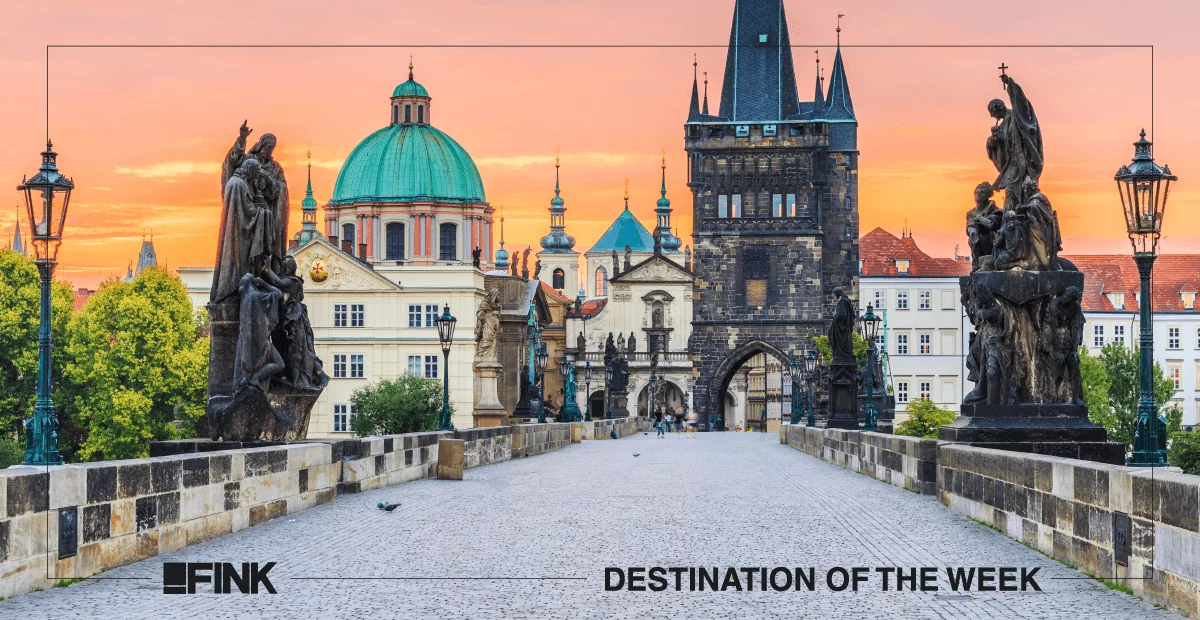
It’s very common, when we consider the formation of the European continent, that we think of its disposition of national territories as we know them today. However, Europe is a very complex region, with diverse peoples disputing territories and political sovereignty throughout history.
Some cities represent this narrative in a very complete way. Prague, the present capital of Czechia , is one of them. The first records of human settlements in the region date from the 9th century, but it was only in the 13th century, with the establishment of Bohemian communities in the region that its development actually occurred.
Prague soon became Bohemia’s central city, becoming its capital and the reference in political and economic aspects of the region. The history of this period is preserved in places like the Old Town Square, south of the modern city (as the new part of the metropolis is known), where the local City Hall building, built in 1364, can be found.
Since it was a regional financial center during the medieval period, the city was influenced by the artistic movements of that time, because artists thought that they would have a chance of establishing themselves economically there, with great projects.
The old town, as is called the urban area built from the 14th century on, is marked by several different architectural movements. The gothic style dominates a major part of the buildings, since its peak was reached during a period of great development in the city. It is present in the Carlos Bridge, built during the reign of a king of the same name, in 1357, which not only adopts the style, but also replicates over 30 works of gothic esthetics along its whole length.
In short, Prague is a journey over several periods of European history, condensed in one metropolis. It shows how societies rise and then lose strength, but leave a deep mark in the present, teaching lessons to forthcoming ones. Prague is, without a shadow of a doubt, one of the greatest esthetical experiences, in terms of urbanism, to be found in Europe.











